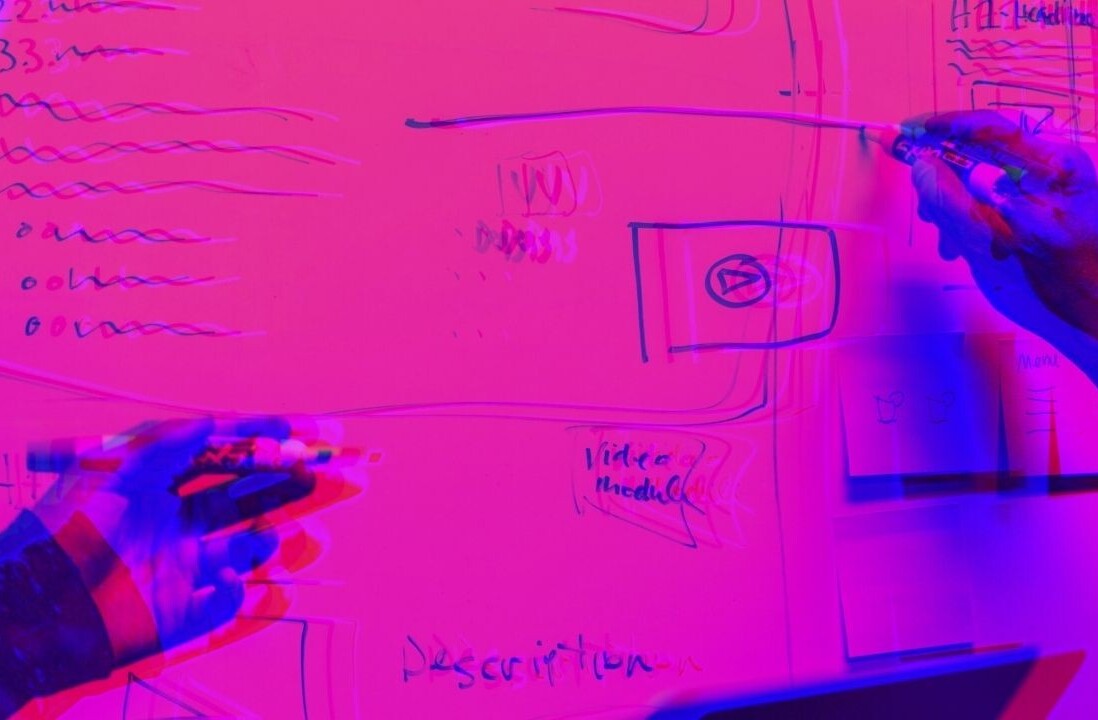
Nothing tests the basic tenets of successful M&A projects like a pandemic. My team at WatchGuard (headquartered in Seattle) started looking to make an acquisition in the area of endpoint security more than two years ago.
We analyzed the market, spoke to many key players and narrowed down our list of candidates to Panda (headquartered in Bilbao, Spain) and a few others. After selecting Panda, we entered into an exclusivity period from January to March 2020, ultimately signing the acquisition deal on March 6 and officially closing the transaction on June 1.
Looking back, these were challenging times. Just consider how the COVID-19 timeline progressed during this same period. Italy reported a massive surge in cases on February 23, Seattle (and the U.S.) saw its first coronavirus death on February 29, and just a few short days later, Seattle city officials began hinting at widespread lockdowns.
Essentially the peak of our due-diligence stage was taking place in February before travel limitations were put into place, and before the virus had become a major concern in the U.S. or in Spain. As we neared our deadline for signing, we were suddenly confronted with a full-blown global pandemic.
The lessons we learned navigating this unique acquisition are priceless, and our story is one my team and I will tell for years to come. As the effects of COVID-19 continue to unfold across the world, here are three pieces of hard-won advice I’d like to extend to any business planning M&A activity:
1. Establish relationships and chemistry from the outset
Rock-solid relationships between company leadership teams are the most critical element of a successful acquisition. These tight bonds help ensure that negotiations go smoothly and fairly, help to maintain alignment on the goals and vision for the combined company, and provide the foundation necessary to weather major obstacles – even a global health crisis.
Over several years of regular interactions, I developed a strong relationship with Panda’s CEO, while our top technologists and product personnel did the same with their counterparts.
Within four days of signing our intent to purchase Panda, the world changed radically and our plans were tested. Many countries started locking down and the world brimmed with economic uncertainty. We knew every in-person meeting we had planned for March and April would be impossible and that the integration would have to be managed remotely (and across a nine hour gap in time zones no less).
Out of all that confusion and chaos in the world came the first clear sign that the relationships we had built with the team at Panda would be invaluable to this process, and that the strategic, technical, and cultural fit was virtually unshakeable. Almost as if we were already one unified company, it took only a few days for both management teams to align on and begin implementing an integration plan that could be managed virtually.
2. Constantly stress test your acquisition thesis
All too often, organizations pursuing an acquisition become deal enamored along the way and forget to regularly revisit the fundamental rationale and reasoning for it in the first place. This will help you accurately identify indicators that it’s time to walk away or to maintain resolve through difficult or unexpected challenges (whether internal or external).
As we were bringing negotiations and diligence to a close in late February, and preparing to sign the deal, the stock market began to slide. The week leading up to signing it plummeted by 20%! Post signing, with the closing date drawing near, the news of busted deals such as Advent’s canceled plans to acquire Forescout were hard to ignore.
Even though both companies were continuing to perform well in the midst of the crisis, these were potential leading indicators of our economic future and at the very least grounds for trepidation.
While the eventual decline of the global economy seemed inevitable, the promise of this acquisition ultimately remained intact despite – and in part due to – this global health emergency. Our core thesis for acquiring Panda has always been that midmarket businesses and the channel partners that support them need holistic security from the network to the endpoint, from a single provider.
And with more employees working from home as a result of global quarantines, pressure is mounting on businesses to extend security beyond the traditional network perimeter to provide the type of user-focused, endpoint protection that Panda would bring to our portfolio. Carefully and honestly assessing our thesis along the way gave us the confidence to push forward and close the deal as planned.
3. Embrace and adapt to integration challenges
The integration phase of an acquisition is pivotal, with many moving pieces. Here you must operate strictly based on the core thesis underpinning the deal, or face a messy road of course corrections.
This complex process is made all the more challenging in a pandemic, but it can be done well if you’re nimble and open to trying new things. On both sides, we were pleasantly surprised with how resilient and adaptable our teams were when faced with the integration obstacles brought on by the COVID-19 crisis.
Under normal circumstances, many of our meetings would take place in conference rooms in which people tend to get straight to business – with little time to get to know people other than over dinners here and there. But we had to do it all virtually.
By far the best outcome of our unconventional integration proceedings was that right from the start, we were essentially meeting in each other’s homes, being exposed to families, pets, and personal lives via video conference calls. This allowed us to bond with one another on a deeper level and at a faster pace. It changed the social contract between soon-to-be colleagues and teams, collaborating on common business goals, but with a greater degree of trust, empathy, and commitment.
It also forced everyone to be even more prepared than they otherwise would, communicate clearly and concisely, and go the extra mile to ensure mutual understanding during and after each meeting.
This unique process has given me a renewed respect for the power of the human element in business, and its ability to propel organizations through seemingly insurmountable challenges.
The shared experiences, foundational relationships and sheer will to overcome we’ve built through this process has made the early stages of our integration seamless and laid the groundwork our newly combined company to grow and succeed together moving forward.
It’s clear that this global health crisis is far from over, and that its effects on the M&A market will be dramatic and sustained. As uncertainty mounts and investment wanes, more companies will seek strategic buyers as the year progresses.
I urge any organization currently considering M&A activity to strongly consider the lessons we learned from our recent acquisition. With a smart thesis, robust intercompany relationships and a strong but adaptable integration plan, you can successfully close a deal during the pandemic.
Get the TNW newsletter
Get the most important tech news in your inbox each week.





